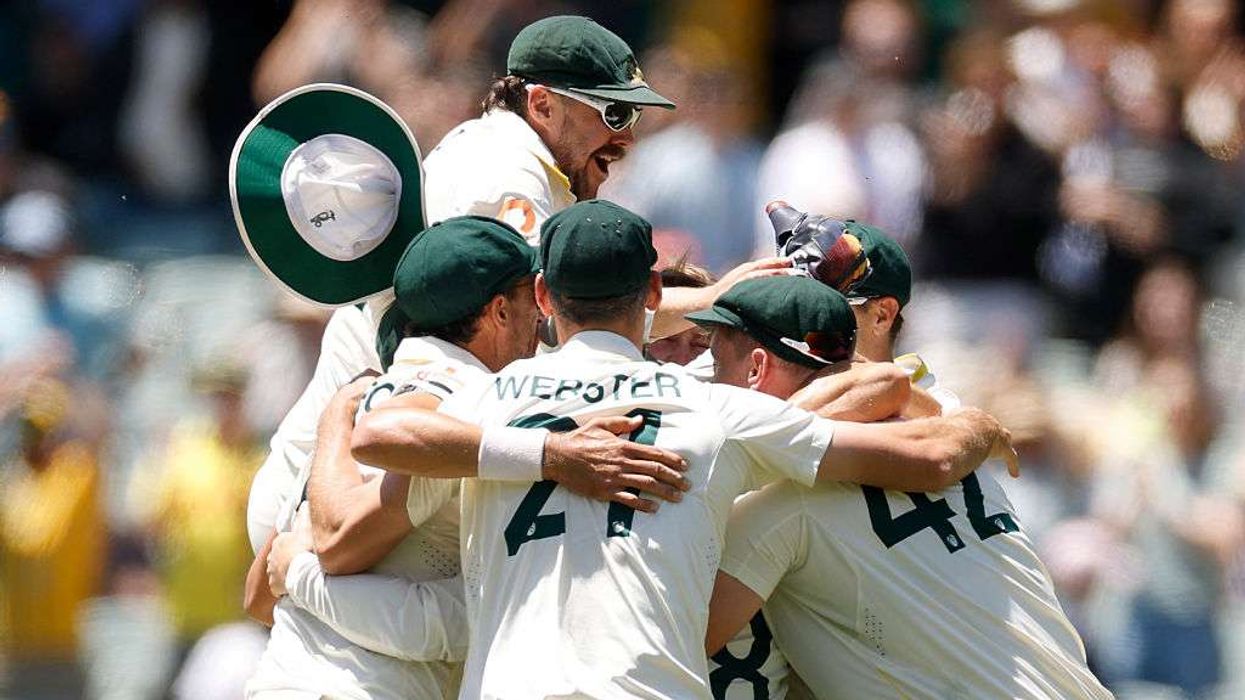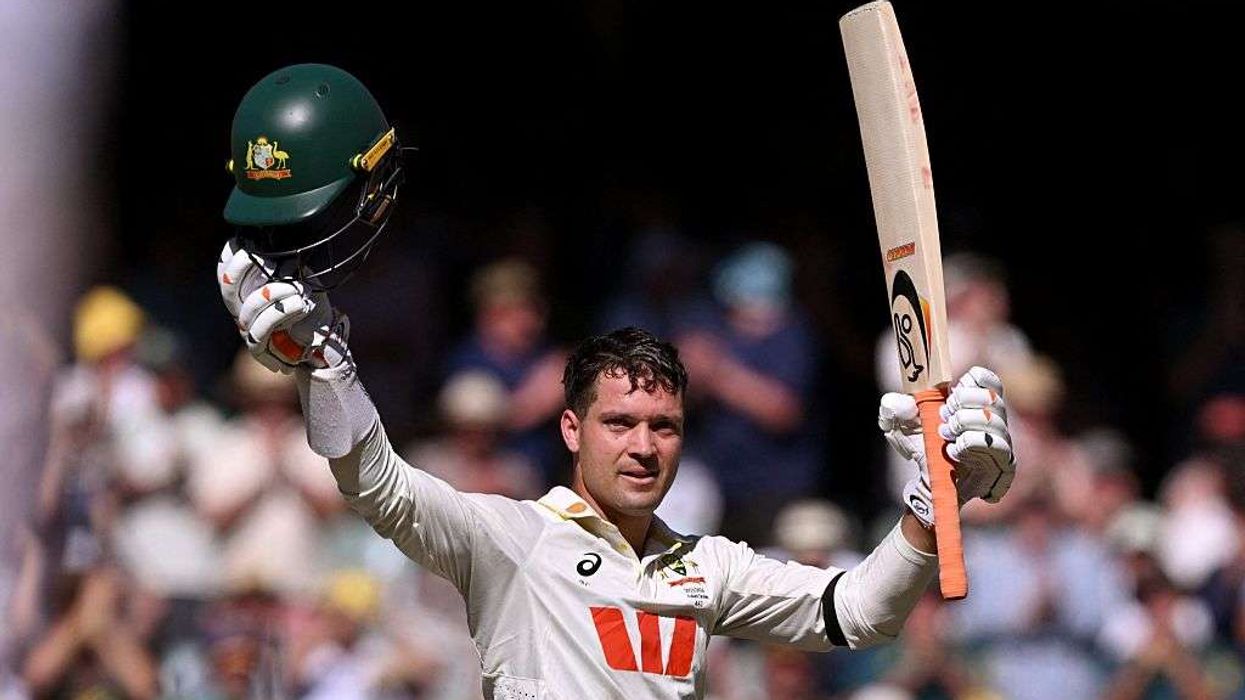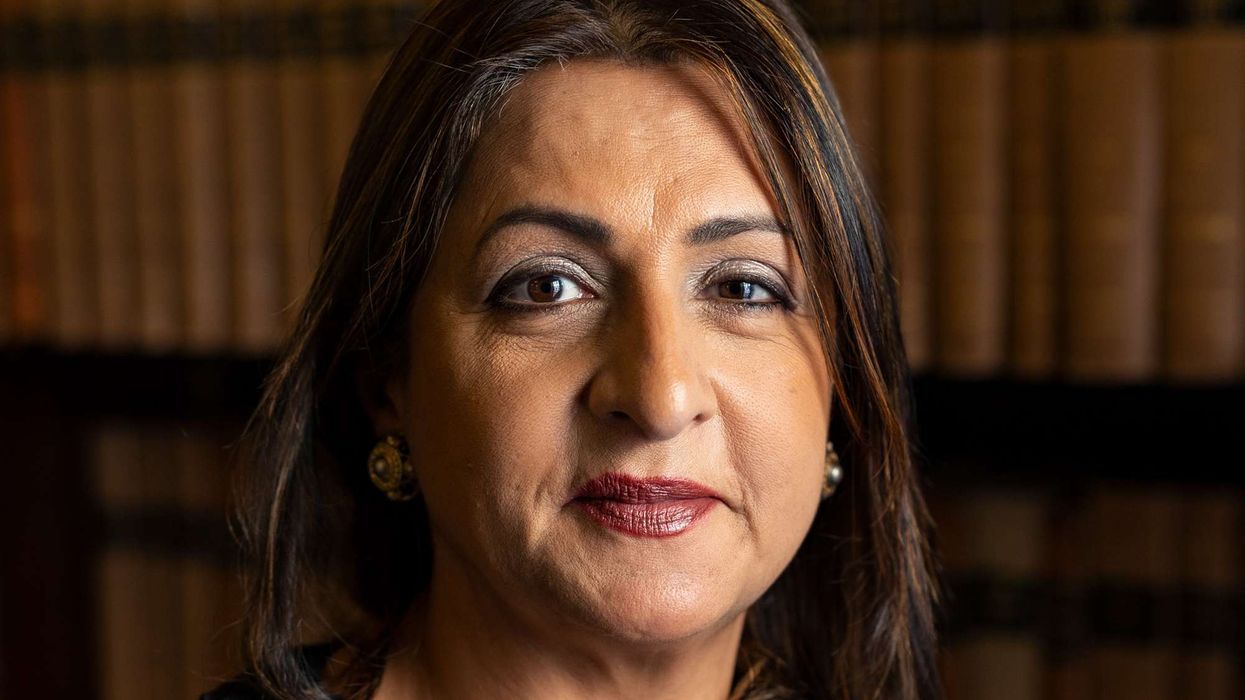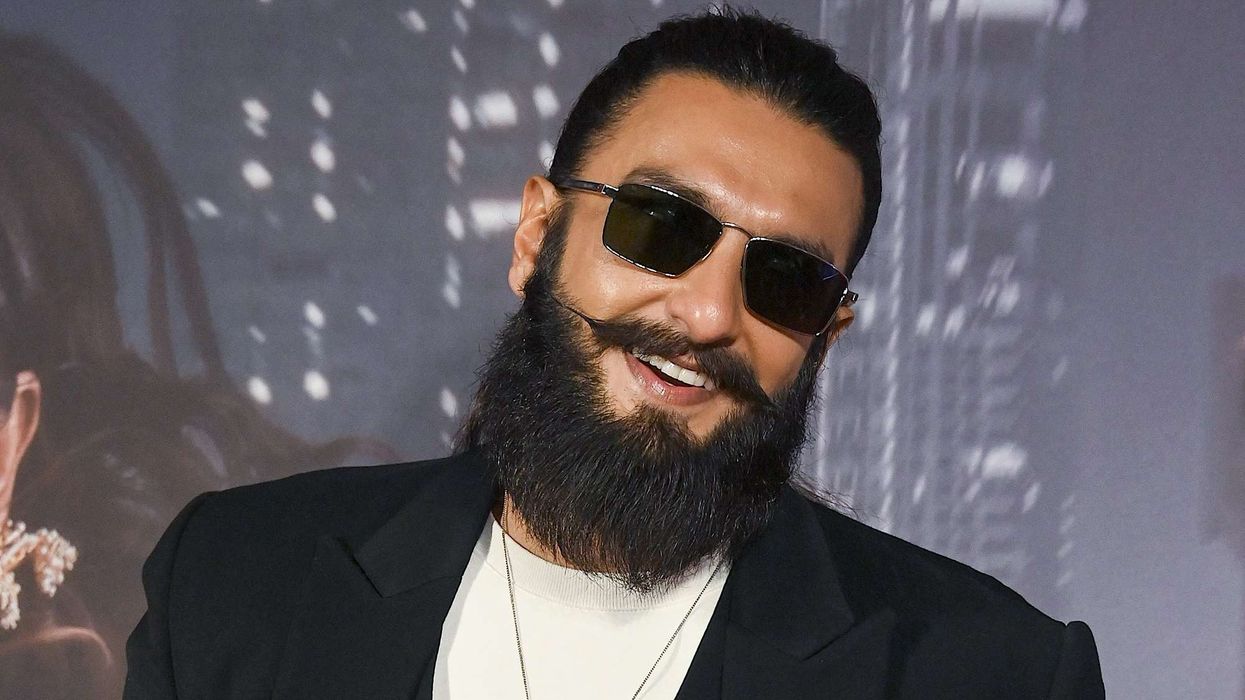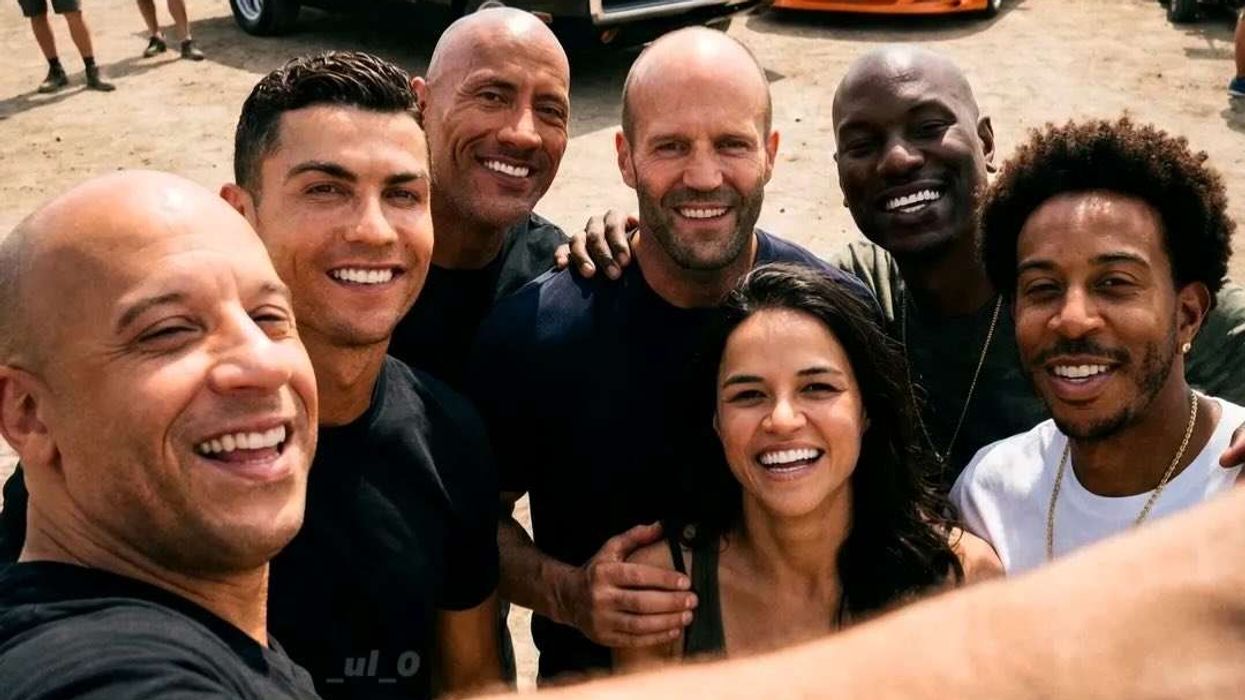By Sarwar Alam
Vikram Solanki’s appointment as Surrey’s head coach will help open the door for the next generation British Asian coaches, according to the National Asian Cricket Council (NACC).
Solanki, 44, became the first British Asian head coach of a county cricket team after he was chosen to take over the reins at The Oval from last Thursday (11).
“I think it’s a real positive and Vikram should be congratulated; it’s a great achievement,” NACC chairman Gulfraz Riaz told Eastern Eye.
“From a south-Asian cricketing community we know that, although it’s a proud moment, it’s also a moment of reflection.
“It’s going inspire south Asian coaches in their coaching journeys. They will know that through hard work, dedication and sacrifices they can achieve what Vikram has.
“He hasn’t achieved this overnight. It’s been a three-four year journey where he started coaching from lower age groups and it might have been unglamorous at times, so it’s a great credit to Vikram."
Riaz added: “His appointment is absolutely on merit, irrespective of weather he is from a south-Asian community background or any other minority community – his achievements are purely through his hard work.”
Solanki has been a coach at Surrey since retiring in 2016 and had been assistant coach to his predecessor, Australian Michael Di Venuto. He has also worked as an assistant coach to Gary Kirsten at the Royal Challengers Bangalore in the IPL; assisted Tom Moody in the Dubai based T10 competition and coached on a recent England Lions spin camp in Mumbai.
Solanki said: “I’d like to begin by acknowledging the outstanding contribution of Michael Di Venuto during his time at the Club. I am now really excited to be taking over as Head Coach. We have a very talented group of players at Surrey CCC and will be looking to compete in all formats – both in any competitions that are able to be staged this summer and in the future.
“Our squad contains a great mixture of established talent and young up and coming players looking for opportunities. I’m looking forward to working with all Surrey players to make sure the Club has the best possible chance of delivering more silverware in the years to come.”
Solanki is only the second BAME coach, after Mark Alleyne at Gloucestershire between 2004-07, to be head coach at a county side this century.
Former England batsman Michael Carberry said last week that English cricket was "rife with racism" and claimed “black people are not important to the structure of English cricket.” He said he knew black coaches that had all the necessary qualifications “but the system does not give them the job.”
In response to Carberry’s comments, the England and Wales Cricket Board (ECB) admitted that English cricket “is not immune to racism” and implemented the “Rooney-Rule” across all first-class counties.
Named after Dan Rooney, the one time chairman of the NFL's diversity committee, the “Rooney-Rule” requires all teams to interview at least one black, Asian and minority ethnic (BAME) candidate for coaching and senior operation jobs.
The ECB said it was committed to “supporting the progression of BAME coaches” and will “continue to listen, educate ourselves and face uncomfortable truths in order to create action and long-term change.”
Riaz welcomed the introduction of the “Rooney-Rule” but stressed the importance of people being appointed to roles based purely on merit.
“We can’t push the agenda that there isn’t enough BAME coaches and then just shoehorn people into positions. It has to be on merit, creditability and accountability.
“You can put somebody in position through the Rooney-Rule and then they are not adequate or don’t do justice to the role – then we go backwards.
“But of course, if someone from the BAME community has the skills and qualifications then absolutely they should be given an interview.
“I’d actually go a little further and say why don’t we have a BAME person sitting on the opposite side of the table, in terms of the interviewer or on the panel? We have many qualified people from the south-Asian community that can be on a five-person panel doing the hiring – it doesn’t have to be the same faces all the time.”
In a 2018 survey, the ECB found that British Asians constitute 30 per cent of recreational players in the UK, yet only four per cent of professional players are from a south Asian background.
This led to the creation of the South Asian Action Plan, aimed at breaking down the barriers stopping Asian cricketers from progressing to the higher levels of playing, coaching and the administrative side of the game.
Alongside Solanki, there are a handful of south-Asians occupying top coaching roles. Mo Bobat is the ECB’s performance director, Min Patel is head of Kent's talent pathway, Kadeer Ali is coach of Worcestershire's 2nd XI, Jigar Naik works at the Leicestershire academy, and Ajmal Shahzad runs MCC's Young Cricketers programme.
Riaz commended the ECB for “making the concerted effort to understand the barriers and then to make an effort to do something about it.”
He added: “We've made great strides in recent years with the help of the ECB. But we'd still like to see more British Asian ex-pros given an opportunity to get into coaching at county age-group levels, as that is where they can add value and make a real difference, as well as develop their coaching skills.”

